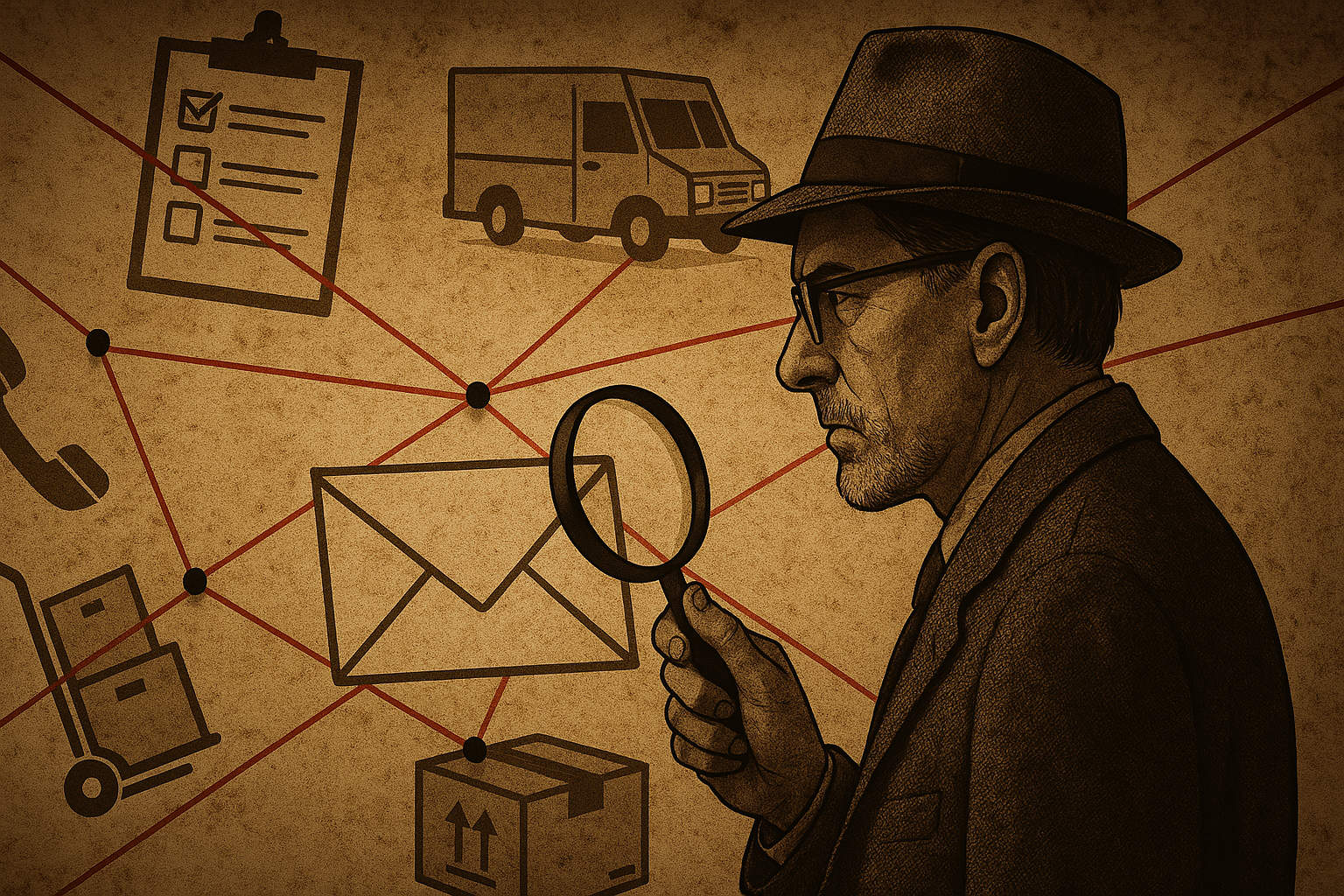
The Big Post Conspiracy
Is There a Coordinated Effort to Sabotage Postal Satisfaction?
In an era dominated by instant gratification, where groceries arrive in under 10 minutes and digital content streams in seconds, there’s one sector that still seems hopelessly—and suspiciously—stuck in the past: postal delivery. From mysteriously delayed packages to customer service black holes, a growing number of people believe this isn’t just poor logistics. It’s intentional.
Welcome to _The Big Post Conspiracy_—a theory suggesting that the world’s largest postal carriers aren’t just failing at their jobs… they’re deliberately making their service worse.
The Frustration We All Share
Ask around. Nearly everyone has a postal horror story.
A package scheduled for “2-day delivery” disappears into a sorting facility vortex, only to emerge three weeks later with no explanation. A driver leaves a “delivery attempted” slip on your door while you’re literally in the kitchen, phone in hand, waiting. Customer service offers scripted empathy, then routes you to someone even less helpful.
For most people, these incidents are chalked up to a broken system—overworked employees, outdated infrastructure, or unpredictable demand spikes. But some see a pattern emerging. And patterns, as any good conspiracy theorist will tell you, are rarely innocent.
The Theory: Orchestrated Inconvenience
According to believers of the Big Post Conspiracy, the consistent inefficiencies and bizarre mishaps aren’t bugs—they’re features. The idea is simple but insidious: postal carriers (public and private alike) are slowly conditioning the population to lower their expectations, tolerate worse service, and ultimately depend on premium—or alternative—delivery options.
“At some point, I stopped questioning why my package was taking 12 days to get across the state,” says Jenna Nguyen, a frustrated small business owner. “I just accepted it. And that’s when it hit me—they’re making us numb to it.”
Jenna is one of several vocal participants in an online community dedicated to unraveling the alleged conspiracy. Forums like “Lost in Transit” and Reddit’s r/PostTruthLogistics feature thousands of users sharing delivery mishaps that defy explanation—and debating whether they’re the result of incompetence or intent.
The “Why”: Motivation Behind the Madness
If postal carriers are making their services worse on purpose, what could they possibly gain?
- Monetization of Speed: Some argue it’s about funneling customers into premium services. “Overnight” and “express” delivery often come with steep price tags—so if standard delivery is unreliable, customers are more likely to shell out for faster options.
- Privatization Pressure: In public postal systems like the USPS, some conspiracy theorists point to a darker motive: eroding public trust. If the public believes government-run delivery systems are perpetually broken, support for privatization grows. “They want us begging for Amazon to take over,” one user wrote.
- Power & Data: Then there’s the more abstract view—control and data manipulation. “Every package delayed is another datapoint they control,” said one anonymous whistleblower in a now-deleted thread. “They know when you’re getting your insulin. They know when you’re ordering protest gear. They don’t lose packages—they hold them.”
The Other Side: Experts Weigh In
Naturally, not everyone buys into the theory.
Logistics experts point out that the postal industry operates at immense scale, with millions of packages moving daily through a complex, imperfect system. Throw in weather events, labor shortages, and global supply chain disruption, and mistakes become inevitable.
“There’s no need to assume a grand conspiracy when simple chaos explains it,” says Dr. Lionel Reyes, a logistics researcher at MIT. “It’s Hanlon’s Razor: never attribute to malice what can be explained by stupidity—or in this case, outdated systems.”
Still, Dr. Reyes admits that systemic issues can create patterns that feel intentional. “The perception of conspiracy grows when people see the same problems over and over again. But that doesn’t mean there’s a villain behind the curtain.”
The Verdict: Coincidence or Conspiracy?
Whether The Big Post Conspiracy is real or not, it has clearly tapped into a deep, shared frustration. In a world where we can send money, photos, or entire resumes across the globe in milliseconds, the idea that our socks from Etsy need a two-week pilgrimage feels archaic at best—and sinister at worst.
Maybe it’s just inefficiency. Or maybe there’s a cabal of logistics executives laughing every time a “Sorry we missed you” slip hits a doorstep.
Until the truth is delivered (probably late), we’ll just have to keep watching the tracking page… and wondering.